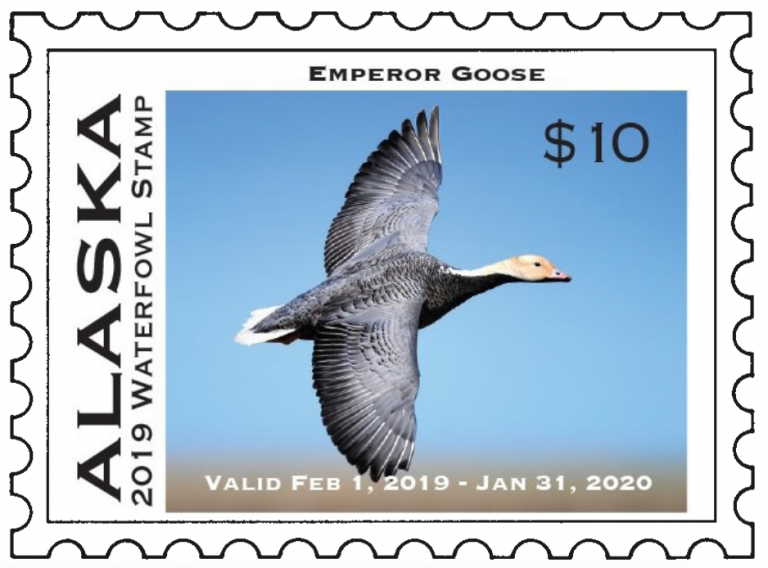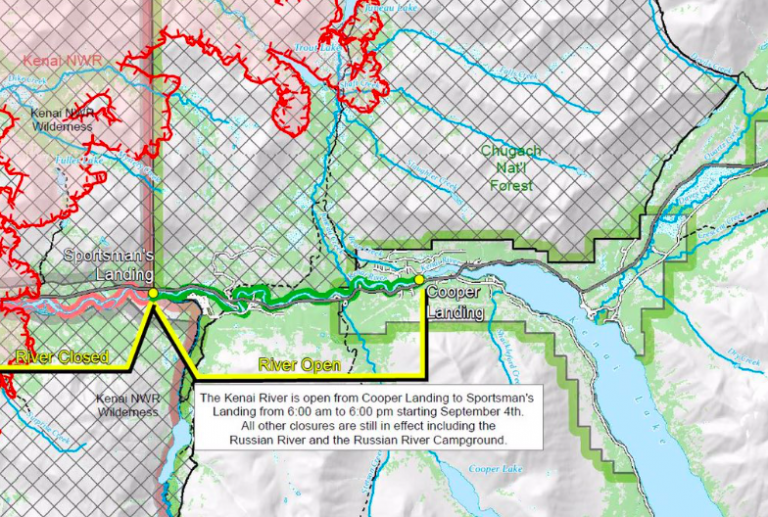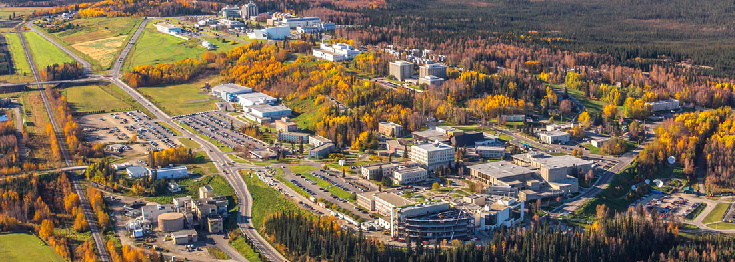9/6: Alaska Republicans hold a fundraiser with beer, brats and Congressman Don Young. Must Read Alaska’s will be there, at the home of Cynthia and Ken Henry, Anchorage hosts. See flyer above.
9/6: Book signing in Juneau at Rainy Retreat Books for MaryLou Spartz and John Greely’s new book on the “Princess Sophia, Disaster on our Doorstep.” Starts at 5 pm.
9/7: Fairbanks Families Partnership free Health Fair brought to you by the Alyeska Pipeline Service Company, 11 am – 3pm Pioneer Park.
9/7: The Cape Fox Corporation 46th Annual Meeting of Shareholders starts at noon at the Ted Ferry Civic Center in Ketchikan. The Native corporation has about 300 shareholders.
9/7-8: The 55th Annual Parade of Homes in Anchorage, with dozens of homes from local builders open to the public, Saturday 10 am – 6 pm and Sunday 12-6 pm. Information here.
9/8: Hobo Jim in concert with a fundraiser to benefit the Knik Museum, from 1-3 pm, at the museum, 13.9 Knik Goose Bay Road. This is a fun event for the whole family. While you’re there, you can explore the Knik Museum and learn about the history of a community that predated Anchorage, Wasilla, and Palmer. Raffle tickets will be sold with prizes including Mahay Jetboat Adventures, and Talkeetna Air Taxi.
9/ 10-13: International gathering of sovereign wealth funds meets in Juneau, with representatives from more than 30 nations. Environmental protesters are planning to rally to dissuade these financial experts from investing in fossil fuel.









